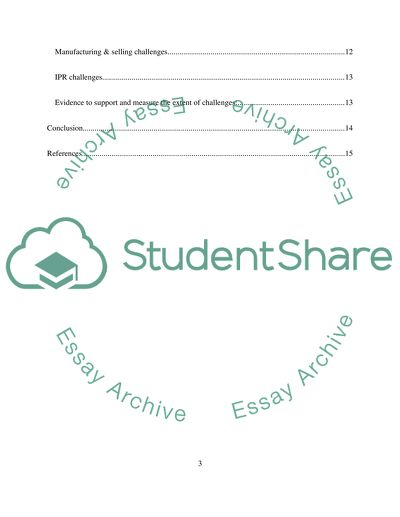Cite this document
(“International Marketing Essay Example | Topics and Well Written Essays - 2500 words”, n.d.)
Retrieved from https://studentshare.org/marketing/1395675-international-marketing
Retrieved from https://studentshare.org/marketing/1395675-international-marketing
(International Marketing Essay Example | Topics and Well Written Essays - 2500 Words)
https://studentshare.org/marketing/1395675-international-marketing.
https://studentshare.org/marketing/1395675-international-marketing.
“International Marketing Essay Example | Topics and Well Written Essays - 2500 Words”, n.d. https://studentshare.org/marketing/1395675-international-marketing.


